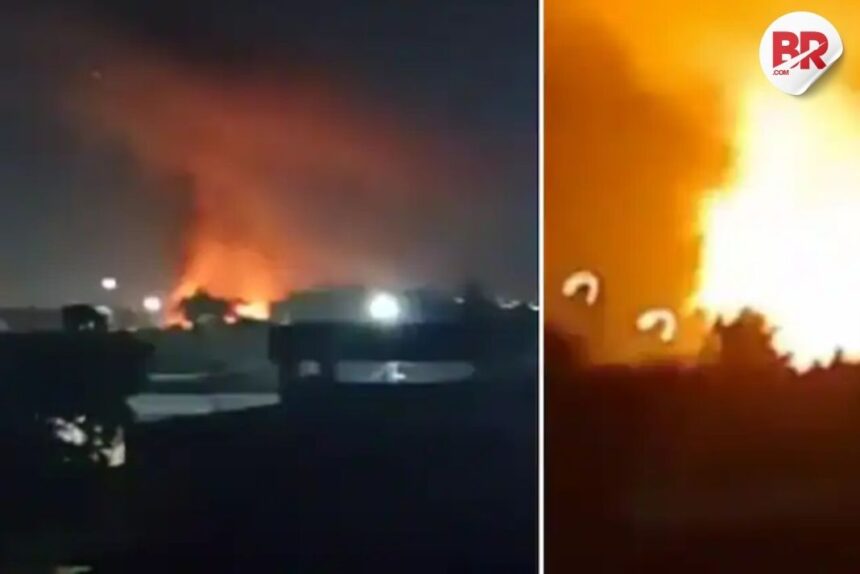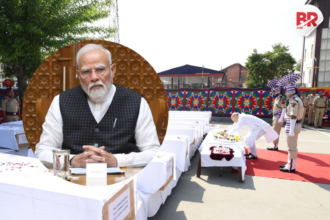
After four days of heavy military action between India and Pakistan, the situation seems to be calming down. This intense conflict raised concerns worldwide about a possible dangerous escalation between the two nuclear-powered countries. However, on Saturday, Pakistan’s Director-General of Military Operations (DGMO) reached out to his Indian counterpart, and both sides agreed to stop military actions and firing along the Line of Control (LoC) and International Border (IB). Although Pakistan violated the ceasefire a few hours later, the overall situation has begun to de-escalate.
Read More: China Urges Pakistan to Think Long-Term, Calls for Peace with India After Terror Attack

India launched a large missile attack on 10 Pakistani airbases, using BrahMos, HAMMER, and SCALP missiles. This action was even bigger than Operation Sindoor and reportedly made Pakistan very worried.
According to a report, Pakistan realized it was vulnerable and could face destruction if India targeted its nuclear facilities in retaliation.
The Strike on Nur Khan Base – A Game Changer
One key moment in the conflict was India’s missile strike on Pakistan’s Nur Khan airbase in Chaklala on Saturday morning. This base, located just 10 kilometers from Pakistan’s capital, Islamabad, is very important to Pakistan’s military. It is used for military operations, VIP transport, and houses the air refueling units that power Pakistan’s fighter jets. It also serves as a base for the training of future air force officers.
But what made the strike even more significant is that the Nur Khan airbase is near Pakistan’s Strategic Plans Division headquarters, which manages the country’s nuclear weapons. Pakistan’s nuclear stockpile is estimated to be around 170 warheads, spread across various locations in the country.
A thread on High value air bases of PAF bombed by IAF with impunity and recorded by pakis themselves.
1. Their most protected air base of Nur khan in Rawalpindi was bombed like it was freaking Gaza 😭 pic.twitter.com/oePpNzpoDr
— Dehati Armageddon Neutraliser (@ImperiumHindu) May 11, 2025
The New York Times reported that India’s missile attack on this base raised serious fears in Pakistan. It brought India dangerously close to Pakistan’s key nuclear unit. A U.S. official familiar with Pakistan’s nuclear program said that Pakistan’s biggest fear is losing control of its nuclear weapons. The attack could be seen as a message that India might target these nuclear sites.
Videos and satellite images shared on social media show a large explosion when India’s missile struck the Nur Khan base. However, Moneycontrol could not confirm if these videos and images are authentic.
India’s Targeted Attacks
India’s decision to target the Nur Khan base and other military locations was aimed at hitting Pakistan’s military infrastructure, command centers, radar stations, and weapon storage areas. This came after India launched Operation Sindoor on Wednesday, conducting precise strikes against terrorist camps in Pakistan and Pakistan-occupied Kashmir (PoK). This was in response to the April 22 attack in Pahalgam, which had links to terrorists crossing the border.
Also See: Congress Proposes All-Party Meet Under PM Modi to Address India-Pakistan Situation
In summary, the strike on Nur Khan was a turning point in the conflict, showing how close the situation came to involving nuclear risks. Both countries have since taken steps to reduce tensions, but the incident has exposed Pakistan’s deepest fears about India’s capabilities.












